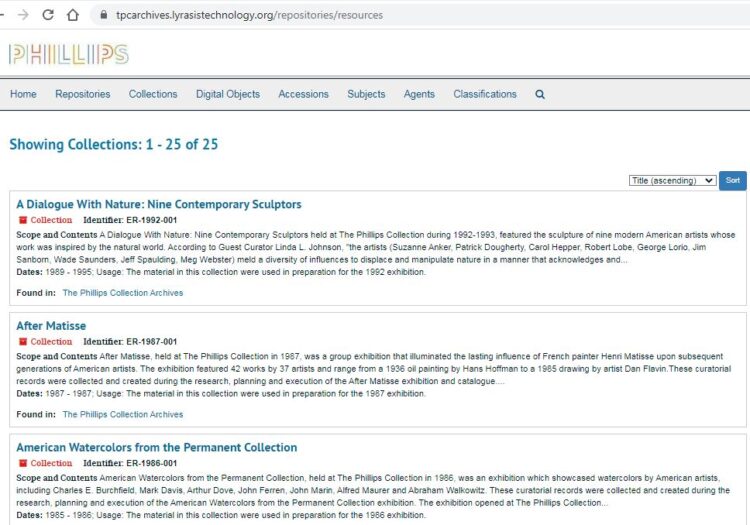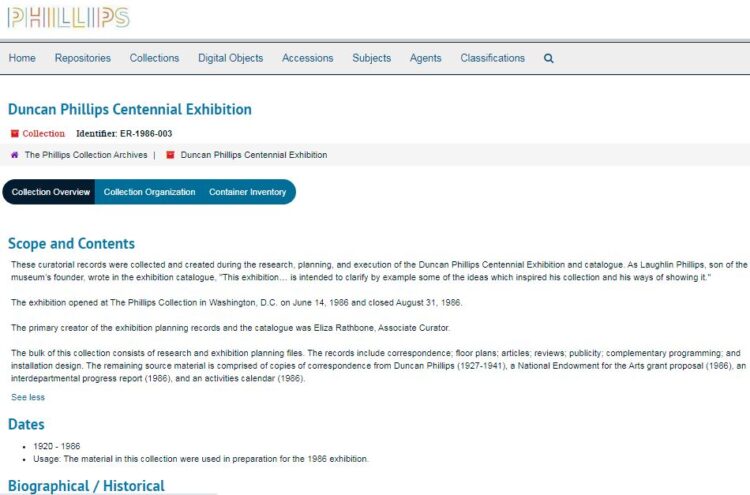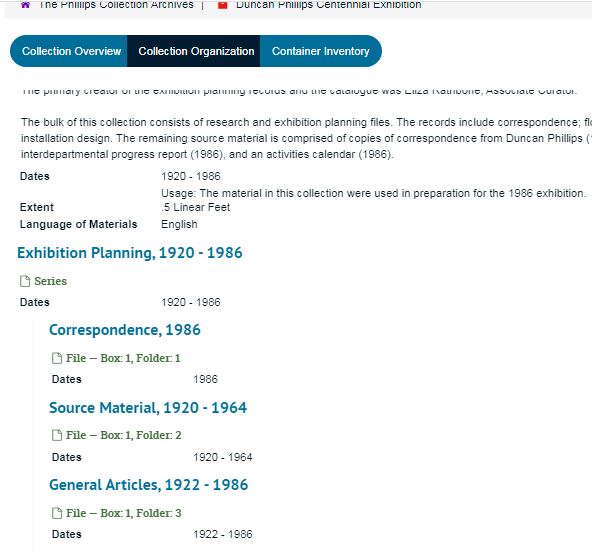In partnership with the US Department of State, The Phillips Collection collaborated with museums across Italy in fostering diversity and inclusion for audience and program development. Anne Taylor Brittingham, Deputy Director for Education and Responsive Learning Spaces, and Donna Jonte, Manager of Art + Wellness and Family Programs, discuss the workshops conducted on their travels to Italy, May 2-6, 2022.
How can we see differently? From a different perspective? Through a different lens? In one of the 2021 Zoom sessions, we considered Renoir’s Luncheon of the Boating Party. How do we see it differently when it’s in conversation with Jacob Lawrence’s Migration Series?
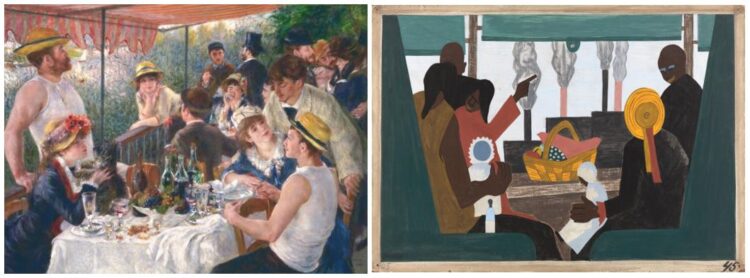
Left to Right: Pierre-August Renoir, Luncheon of the Boating Party, 1880-81, Acquired 1923; Jacob Lawrence, The Migration Series, Panel 45, The Migrants Arrived in Pittsburgh, One of the Great Industrial Centers of the North, 1940-41, Acquired 1942
Working with high school students in Rome, we asked them to select three artworks from a painting gallery in Palazzo Braschi. They selected 18th- and 19th-century paintings that depict Roman landscapes. The students thought about why they selected those three works. What drew and connected them to those paintings? They were places that were familiar, even though the paintings were from hundreds of years ago. Then we asked them to do the same activity with The Phillips Collection Art Cards, a permanent collection-based card came featuring 54 images that span time, media, and geography.
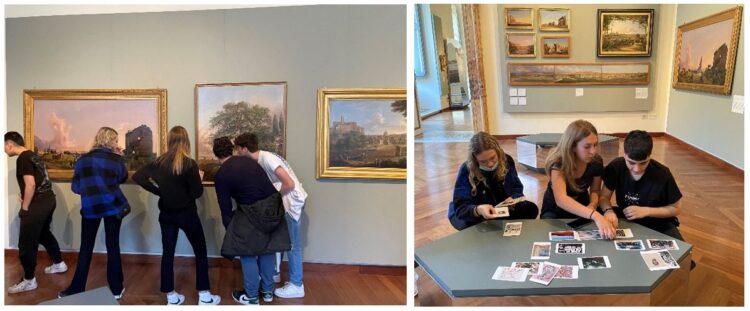
High School students in Rome work in teams at Palazzo Braschi, in the galleries (left) and with Phillips Art Cards (right)
In the workshop for Italian university students, we discussed strategies to help us see our work differently. How can we help visitors engage with art and each other? We talked about the development of gallery games and other interpretive resources to help visitors interact with art in fun, interactive ways as well as strategies for working with the community to help all audiences meaningfully connect with art.
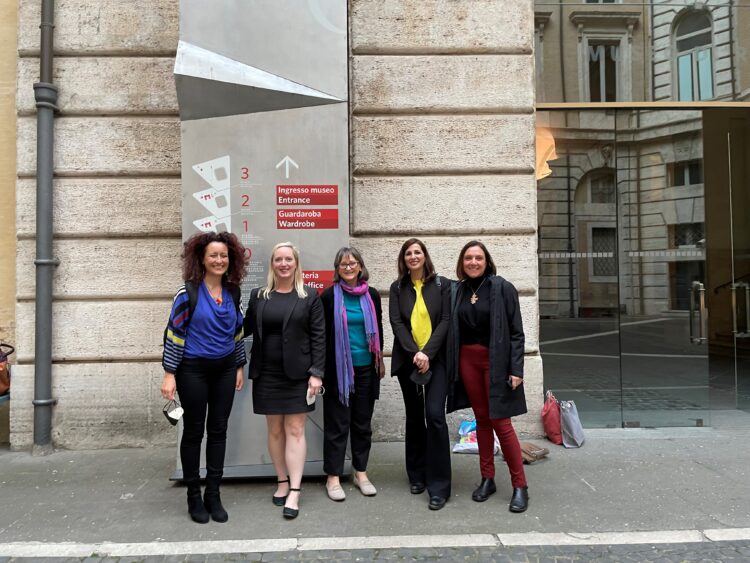
Museum staff from Palazzo Braschi, Gallery of Modern Art, Napoleon Museum, and The Phillips Collection outside Palazzo Braschi
Also in Rome we participated in a DEAI roundtable where museum professionals from the Napoleon Museum, City of Rome Museum/Palazzo Braschi, and Gallery of Modern Art discussed their work with DEAI. Additionally, we conducted a workshop on Expanding the Narrative: Using Our Collections to Confront Biases. How do we decide what works of art to use for our programming and exhibitions? With many museum collections consisting primarily of white male artists, how do we confront that imbalance head-on and ensure that women and artists of color are not overlooked? The workshop used the development of the Phillips’s Art Cards as a case study to explore how our perspectives, power, and identities influence what and how we display and teach with our collections and exhibitions.
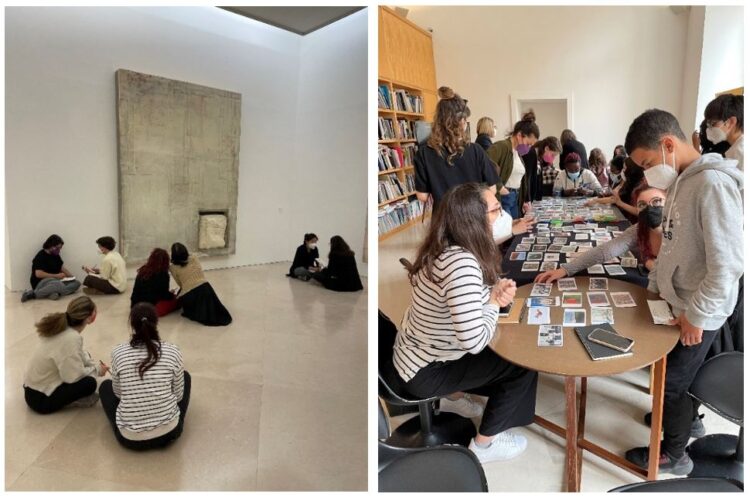
Left: University students exploring connections to Lawrence Carroll’s abstract artworks, Museo Madre, Naples; Right: University students and Daedalus members engaging with Phillips Art Cards, Museo Madre, Naples
In Naples at Museo Madre, a renovated 19-century palazzo in the historic district, we presented two workshops. With a group of university students, we explored the Madre’s special exhibition of large, abstract, mixed-media paintings by American-born artist Lawrence Carroll. First, we demonstrated strategies for meditative engagement. Then, through inquiry, small-group conversation, and sketching, we identified and expressed personal connections to the paintings. As we shared ideas about how we were drawn into Carroll’s enigmatic paintings, we noted repeated window shapes and reflective surfaces, which echoed the architecture of the building and the galleries’ tall, open windows, bringing the outside in. The next day, these university students returned to the Madre to help with a workshop for teen immigrants, members of a community organization called Dedalus that partners with the museum. We introduced them to the Phillips’s Art Card game, using images from the collection to spark stories of their personal journeys to Naples. Translating and abstracting the stories into collages, we created symbols that represented our commonalities as well as our distinct identities.

Daedalus member creating art inspired by Jacob Lawrence’s Migration Series, Museo Madre, Naples
Stay tuned to hear about our workshops in Turin!



